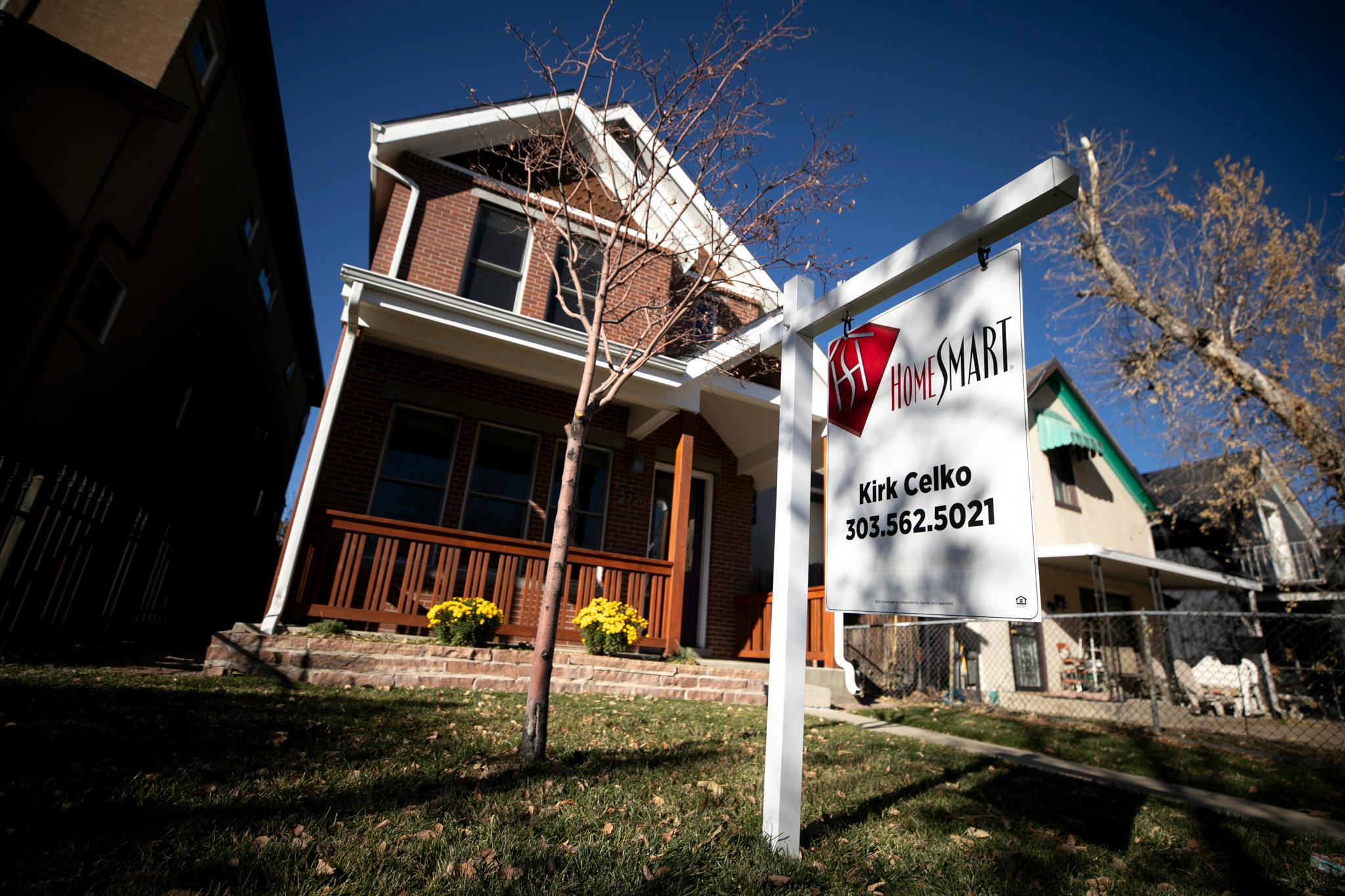The number of homes for sale around Denver continues to grow, with about 12,000 active listings across the metro at the end of April.
That’s a stark contrast to the post-pandemic frenzy in 2021 and 2022, when many homes were snapped off the market in a matter of days. At one point, there were barely 1,000 homes for sale on a given day.
This April, in contrast, saw more houses on the market than at any time since 2011. Meanwhile, housing prices have seemed to hit a high plateau, currently a median sale price of $665,000 for single-family homes.
“I do think buyers are in a really good position right now,” said Amanda Snitker, a real-estate agent and the chair of the Denver Metro Association of Realtors market trends committee.
“I think there's a larger opportunity for buyers right now to negotiate with sellers than they've had in a long time in Denver, combining both the increase of inventory and the stabilization of pricing.”
Why are there more homes for sale?
The simple answer is that it’s getting harder to sell a home. With high interest rates and economic uncertainty, buyers aren’t rushing so fast to open houses. Homes are sitting on the market for a longer time, so the supply is building up.
In fact, the pace of activity in the market may have peaked already this year. The number of completed sales dropped somewhat from April to May — just when sellers were hoping for a surge in buyers.
“We saw a month-over-month decrease of 2.27 percent, so the buyer activity slowed down a little bit in the month of April,” Snitker said.
“It just looks like maybe we hit our peak [of market activity] a little bit earlier — like we hit it in March instead of maybe April or May,” she added.
How fast are homes selling?
Property owners are still able to close deals within a matter of weeks — if they work for it. For deals that closed in April, the typical single-family property sold in 10 days. That’s an increase of a few days from a year prior.
But that number doesn’t capture the homes that haven’t yet sold. Snitker said there’s a sharp divide between the homes that are selling and the ones that are languishing on the market.
Properties that are “very well prepared,” with new paint, clean yards and competitive pricing, are selling on that timeline of a couple weeks, Snitker said.
“The ones that are tending to sit longer are properties that don't show as well or need a lot of repair and update, and then are priced higher than what the market value is,” Snitker said.
In other words, in a slower market, sellers are having to do more work. Buyers also have more leverage to insist on inspections and repairs.
What about prices?
Single-family home prices in the metro remain about as high as they’ve ever been. Prices spiked in 2021 and 2022, then came back down, but have since climbed back up to a high of about $665,000.
Condos and townhomes are a different story. Condo prices in Denver peaked in 2022 at about $400,000 and have since fallen to about $350,000, according to data from Redfin.
Separately, the DMAR data finds that condo and townhome sale prices for April were down about 6 percent from a year prior. Condos and townhomes stayed on the market for a median of 22 days before selling — twice as much as single-family homes, and twice as much as a year earlier.
What’s next?
Snitker says the growth of the housing supply shouldn’t be a worry for sellers and homeowners.
“If nothing changes, I think we'll just kind of be flat throughout the year,” she said. But her big question is whether buyers keep buying.
“You know, the 12,000 active listings is not necessarily a worrisome number, as long as we continue to have buyer activity,” she said.
This is the most housing supply the Denver metro has seen since 2011, but it’s far short of the record of more than 29,000 active listings that was set in 2006.
That total includes data from eleven counties around Denver.












